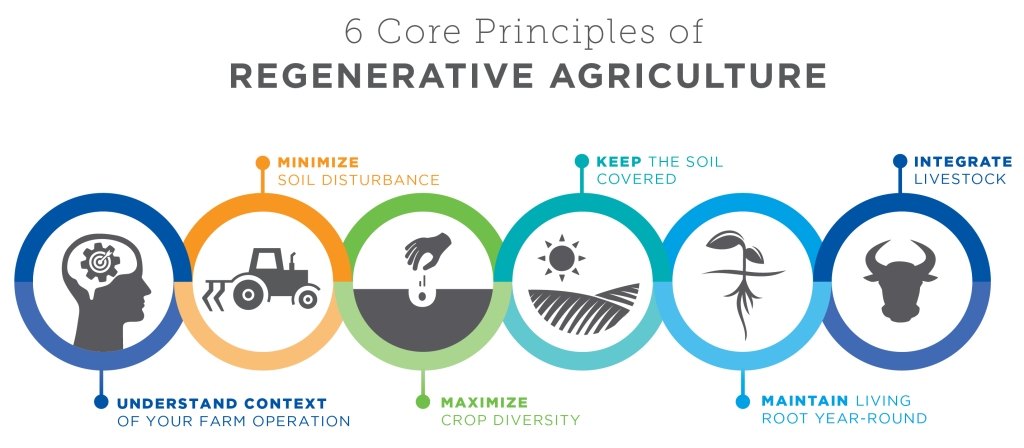Regenerative Agriculture: A Sustainable Path to a Greener Future
In recent years, there has been a growing interest in regenerative agriculture practices as more people recognize the pressing need for sustainable and environmentally friendly farming methods. Unlike conventional industrial farming, which often relies heavily on chemical inputs and causes soil degradation, regenerative agriculture focuses on restoring and revitalizing the health of the land. This holistic approach not only benefits farmers but also contributes to mitigating climate change, improving biodiversity, and producing healthier food.
One of the key principles of regenerative agriculture is soil health. Healthy soils are essential for productive and resilient agricultural systems. Regenerative farmers prioritize building organic matter in their soils through techniques such as cover cropping, crop rotation, and minimal tillage. By keeping living roots in the ground year-round with diverse plant species, they harness the power of photosynthesis to capture carbon dioxide from the atmosphere and sequester it deep within the soil.
Another important aspect of regenerative agriculture is reducing or eliminating synthetic inputs like pesticides and fertilizers. Instead, these methods focus on enhancing natural ecosystem processes to control pests and provide necessary nutrients for crops. For example, by promoting beneficial insects that prey on harmful pests or using composted manure instead of synthetic fertilizers rich in nitrogen or phosphorus.
Furthermore, regenerative agriculture places great emphasis on water management strategies that minimize irrigation needs while maximizing water efficiency. Practices such as contour plowing help slow down runoff during heavy rains and allow water to infiltrate into the soil rather than being lost downstream. Additionally, agroforestry—an integrated approach combining trees with crops—helps reduce evaporation rates while providing shade for sensitive plants.
Biodiversity conservation is also an integral part of regenerative agriculture practices. By planting hedgerows or windbreaks composed of native vegetation around fields or creating wildlife corridors between farms, farmers can attract beneficial insects, birds, bats, pollinators like bees—and even larger mammals—which help control pests, enhance pollination rates, and create a more balanced ecosystem.
Lastly, regenerative agriculture takes into account social and economic aspects of farming. It emphasizes the importance of building strong relationships between farmers and their local communities by providing them with access to fresh, nutritious food. This can be achieved through community-supported agriculture (CSA) programs or direct sales at farmers’ markets, ensuring that small-scale regenerative farmers can thrive economically while contributing to food security and local economies.
In conclusion, regenerative agriculture practices offer a promising solution for addressing the challenges faced by our current agricultural systems. By prioritizing soil health, reducing synthetic inputs, managing water efficiently, promoting biodiversity conservation, and fostering socio-economic resilience in farming communities—regenerative agriculture paves the way towards a greener future. By supporting these practices through consumer choices or government policies that incentivize sustainable farming methods, we can collectively contribute to creating a healthier planet for generations to come.


Leave a comment